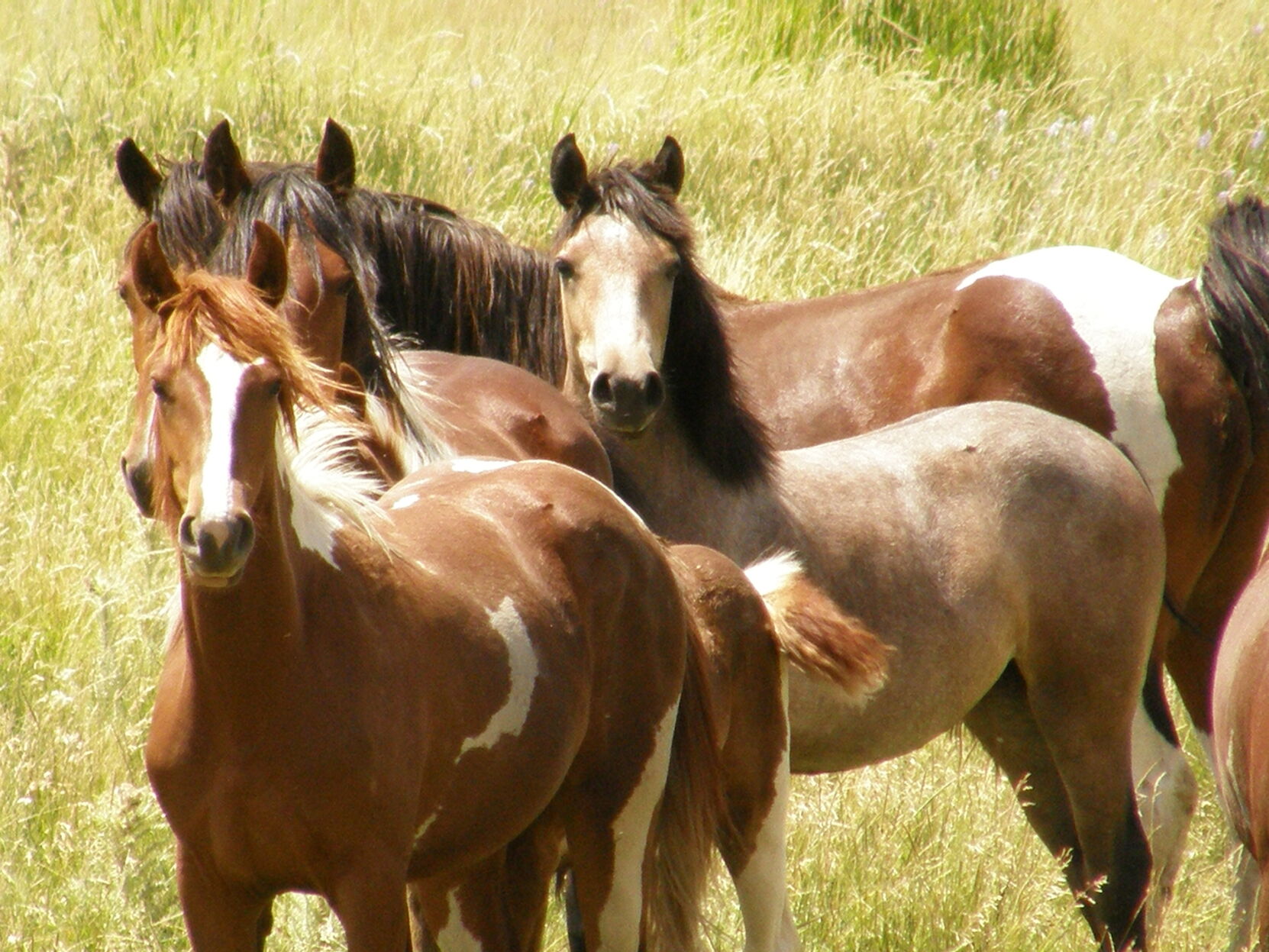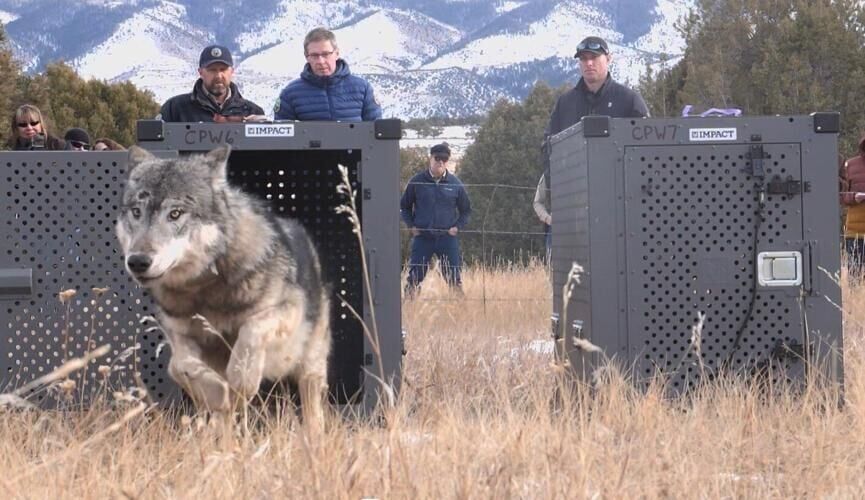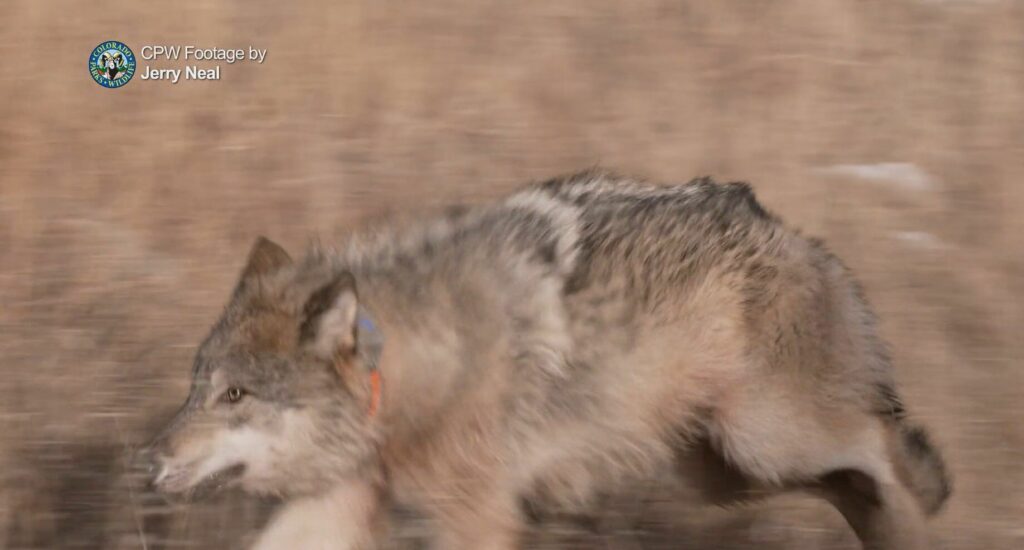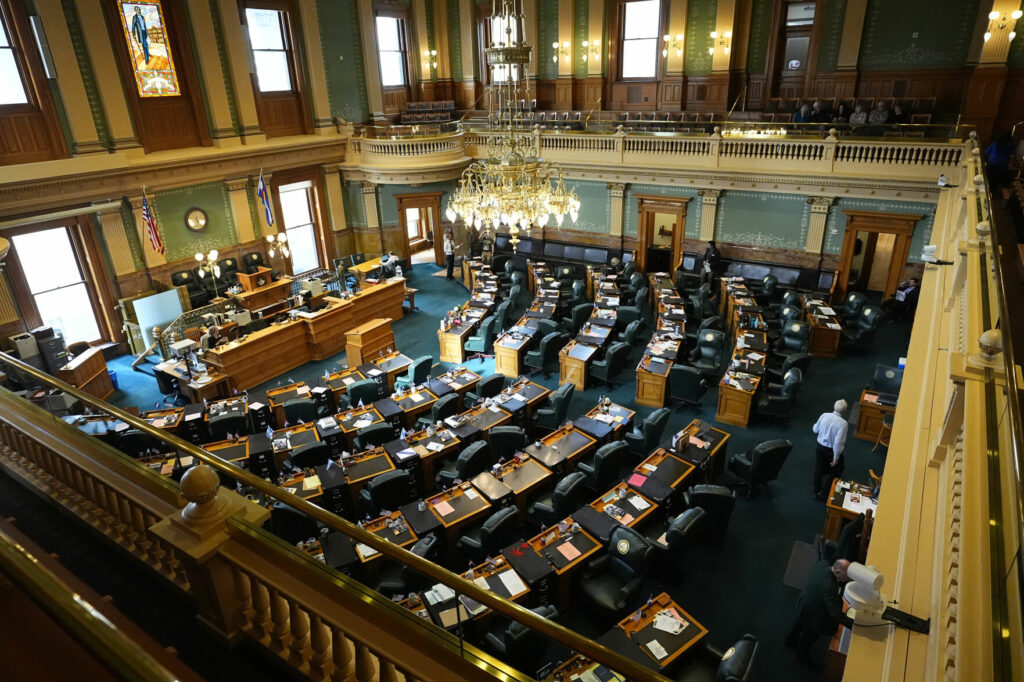Officials examine environmental factors as outbreak that killed 140 horses slows
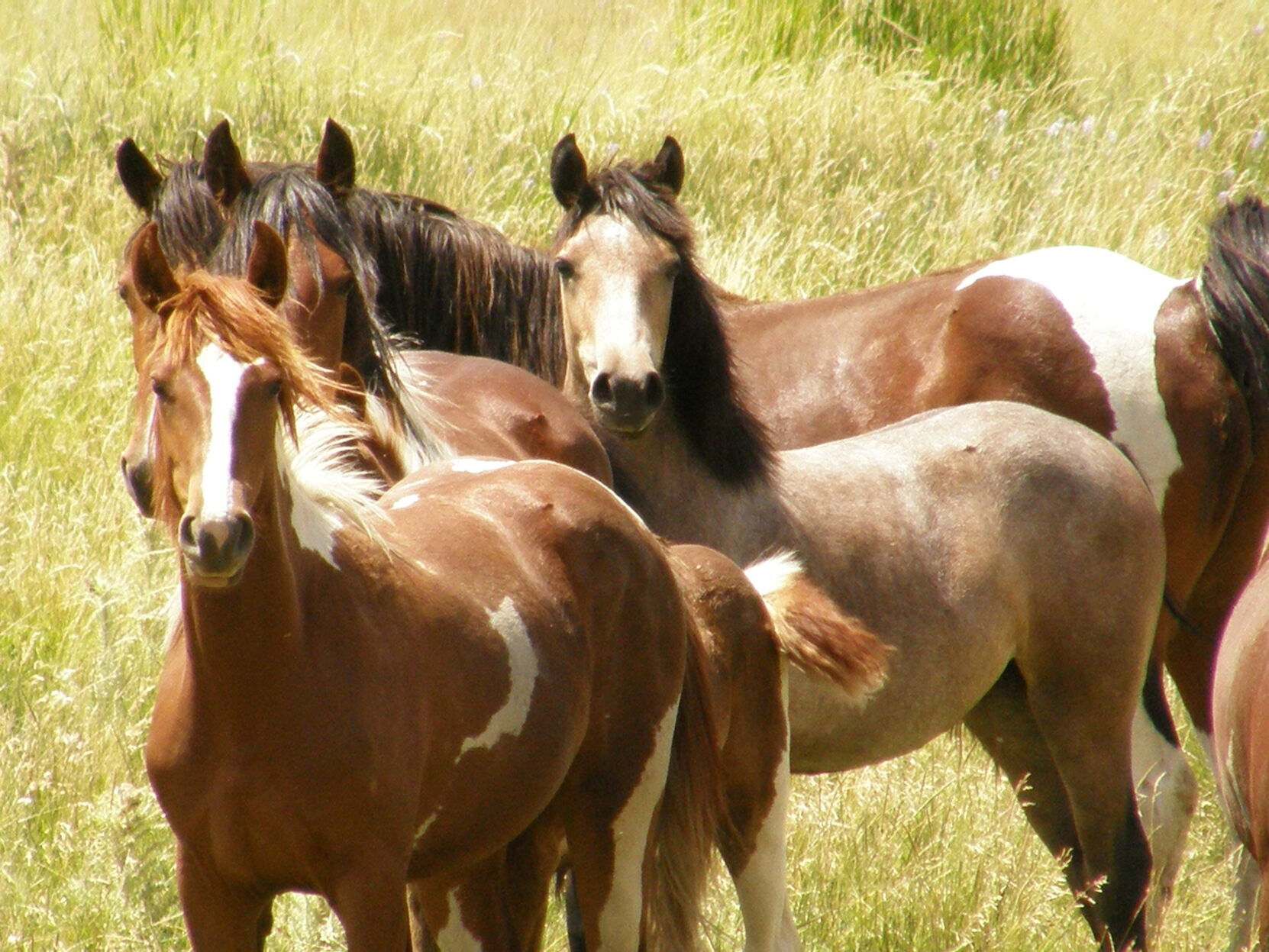
An outbreak of disease that has killed more than 140 horses at a federal facility in Cañon City is slowing, officials said this week, and evidence suggests that equine flu, strep and environmental factors all contributed to the surge of deaths.
One-hundred and forty-four horses from the Cañon City Wild Horse and Burro Facility have died since April 23, according to status reports posted by the Bureau of Land Management. The cause appears to be a combination of diseases, and environmental factors from wildfires and heavy wind conditions may have played a role, as well.
The good news is that the outbreak may be resolving: No deaths were reported on Tuesday or Thursday of this week, the first days with no fatalities since the outbreak began.
“Clinical observations” from earlier this week “suggest that the population of horses throughout the facility, including those in the severely affected West Douglas subpopulation, are returning to normal,” Bureau of Land Management officials wrote. Those observations, the report continues, “suggest that the outbreak is diminishing in intensity and beginning to resolve.”
Now officials are seeking to better understand what exactly led to the sudden and intense deaths among one particular herd at the facility.
When the first 10 horses died three weeks ago, state veterinarian Maggie Baldwin said, the initial assessment suggested the cause was neurological. Further monitoring of the herd revealed “significant respiratory disease,” she told members of the Governor’s Expert Emergency Epidemic Response Committee.
“There were a lot of horses dying in a very short period of time,” she said.
Diagnostic tests sent to Colorado State University and the University of California Davis were positive for equine influenza, she said. Equine flu can infect and sicken a high share of a herd, but it typically has a low mortality rate, Baldwin said, which made the rush of deaths unusual. Strep zoo has also been discovered in the dead animals, which further exacerbated the horses’ condition.
There are roughly 2,600 horses at the Cañon City facility, but the outbreak was particular to the West Douglas herd. The horses had been removed from a wildfire area last year, Baldwin said, and they may have been “predisposed to lung damage” from the smoke. Mortality among the West Douglas herd topped 25%, she said. Between 40% and 60% of horses in the herd had symptoms, compared to roughly 20% of horses in other pens, according to the BLM’s status report.
What’s more, the parts of the herd specifically affected had been removed from wildfire areas last year, and there had been “significant wind and dust issues” in the area of the herd in the weeks leading up to the outbreak, Baldwin told a committee of Colorado medical experts Thursday.
The deaths were driven by a “multifactorial respiratory disease complex outbreak involving the H3N8 equine influenza virus and the bacteria” that causes strep zoo in animals, the BLM wrote. Diagnostic labs are still working to determine the influence of those environmental factors, Baldwin and the federal agency said.
